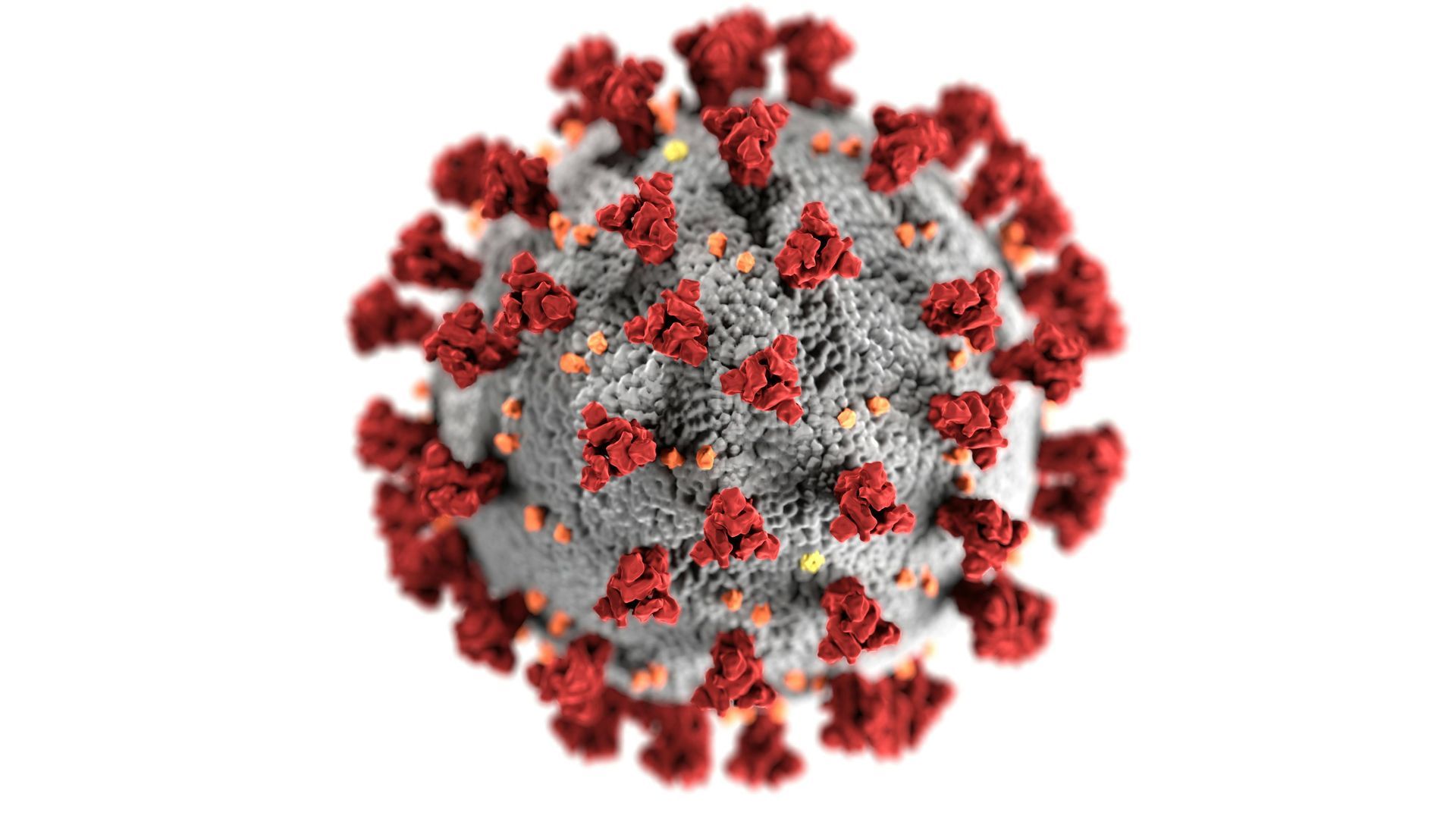CONTAGIOUS DISEASES
Contagious diseases are illnesses that can be transmitted from one person to another through various means such as direct contact, respiratory droplets or bodily fluids. Understanding the risks associated with exposure and knowing the necessary management steps when confronted with these diseases is important for protecting both personal and public health.
Common contagious diseases today include measles, influenza, mycoplasma pneumonia, pertussis, tuberculosis, COVID-19, HIV/AIDS, sexually transmitted infections and hepatitis A, B, and C to name just a few. Each of these diseases has different modes of transmission.
For example, certain respiratory illnesses like influenza, pertussis, tuberculosis, and COVID-19 spread primarily through respiratory droplets from coughing, sneezing or talking. Some vaccine-preventable infectious diseases such as measles and chickenpox are highly contagious and can also spread through aerosols and direct contact with infectious material. Blood-borne pathogens like HIV and hepatitis B and C are transmitted through direct contact with infected blood or bodily fluids, often through shared needles or unprotected sex. Certain exposures require urgent management due to the potential for severe health outcomes and the risk of widespread disease transmission.
Chronic blood-borne infections like HIV and hepatitis B/C require post-exposure prophylaxis (PEP) and ongoing monitoring to manage and reduce morbidity. Additionally, some diseases spread by direct contact or the fecal-oral route, such as hepatitis A, and can lead to outbreaks, especially in areas with poor sanitation, making proper hygiene and vaccination critical preventive measures.
If you believe you have been exposed to a contagious disease, it is important to identify the type of exposure and its transmission method to take the appropriate action. Seeking medical advice is needed for guidance on testing, treatment, and preventive measures. Please follow all recommended precautions, including quarantine or isolation if necessary, maintaining hygiene practices, and using personal protective equipment like masks. It is also important to inform close contacts so they can take preventive actions or seek medical consultation.
Awareness and timely action significantly mitigate the risks associated with contagious diseases. Preventive health measures can protect you from infectious diseases and can protect those you interact with daily.
If your child is exposed to a contagious disease other than rabies, call our office during regular office hours for advice. Rabies exposure, however, is an emergency and should be dealt with immediately. All other contagious disease exposure should be handled during regular office hours. Some exposures, such as meningococcal meningitis, whooping cough and influenza may require certain medicines to prevent those diseases in certain cases.


